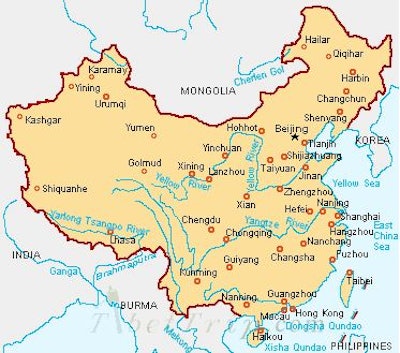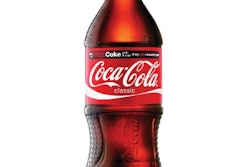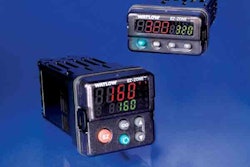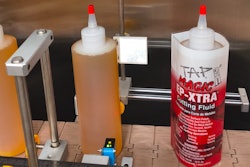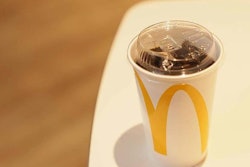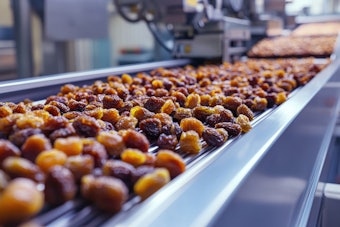Toothpaste, pet food, tires, and toys: not a Wal-Mart shopping list, but imports from China that have been recalled for safety concerns. As U.S. companies rely increasingly on the Asian giant, packaging has a role to play in product safety.
The fundamentals remain the same between product safety and packaging, irrespective of geography. Protection is one of the functions of packaging (along with communication and convenience) and has various facets:
1. Protection of the product against external forces;
2. Protection of people against the harm that the product can impose; and,
3. Protection of the product and/or people against the harm that the packaging can impose.
In the U.S., packagers monitor and control the product safety /packaging interface through procedures, best practices, specifications, and tests, usually under the oversight of a regulatory agency. The challenge is to replicate, as closely as possible, those conditions in China. It’s more than training the Chinese on how we do things.
Some Chinese contractors bow to the temptation of additional profit by cutting corners and through substitution. Even when the prime contractors operate true to agreement, subcontractors might not. It’s not unheard of for subcontractors and sub-subcontractors to be involved, without the knowledge of the U.S. company.
It should be kept in mind that private enterprise in Communist China---enormous potential, notwithstanding--- still is in the developmental stage. As such, regulation (where it exists) lags that of the U.S. in effectiveness and efficiency. Team that with the aforementioned unwieldy system of contracting, and it becomes easy for product safety to slip between the cracks.
From a packaging perspective, U.S. companies should be concerned about production integrity. The coating of metal cans might contain a harmful component that migrates into the contents. Plastic packaging is subject to a variety of non-sanctioned additives that can result in harmful product/package interactions. Another example is corrugated fiberboard made with indigenous content that compromises strength and performance. Inks, adhesives--in fact, every component of the packaging--has the potential to negatively impact product safety.
Not to be overlooked is the carbon footprint of the manufacturing of the packaging. The worldwide army of “Green Berets” will hold companies responsible for the environmental consequences of their contractual relationships. It’s a separate, but related consideration of product safety. For that matter, so is the design of difficult-to- duplicate package features to combat counterfeit products, much of which originates from China.
Although it’s true that a packaged product is an integrated whole and should be analyzed and evaluated as such, the two components do travel separate paths before being combined. Consequently, it is beneficial to have an approach to packaging aimed at maximizing its contributions to product safety.
Here are suggestions toward that aim, some of which include the product as well:
1. Don’t rely solely on a broker or other intermediary in choosing a Chinese package supplier, because nothing substitutes for face-to-face meetings and onsite evaluations.
2. Know which packaged products similar to yours are distributed within China; for, the same approach to safety likely will be afforded your product unless you tightly monitor and control for something different.
3. Supply your Chinese contractor with documentation regarding everything that impacts package integrity and let it be known that unauthorized deviation will terminate the contract.
4. Have a U.S. team present during startup and trial production to access the contractor’s capabilities.
5. Have a system that certifies the packaging before it’s shipped to the Chinese plant, or at latest upon arrival.
6. Have a system of inspection of the packaged product before it’s shipped to the U.S. or
7. When the packaged product arrivals in the U.S., conduct an inspection prior to distribution.
In the global economy, wherein costs drive decisions on sourcing, China’s appeal is undeniable. Nonetheless, the ultimate responsibility for product safety resides with the company whose name graces the package, even if the package reads, “Made in China.”
Consultant Sterling Anthony has reported on China and packaging for more than 20 years.
Sterling Anthony
100 Renaissance Center-43176, Detroit, Michigan 48243
Phone 313-531-1875, fax 313-531-1972
[email protected]
www.pkgconsultant.com
